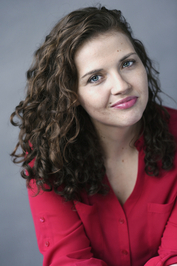Book Review: Practical Magic by Alice Hoffman
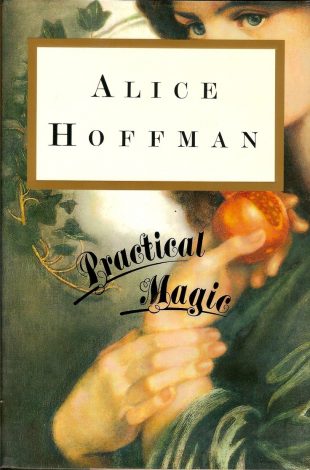 Practical Magic by Alice Hoffman
Practical Magic by Alice Hoffman Also by this author: Faithful, The Rules of Magic

Published by Putnam Adult on June 13th 1995
Genres: Fantasy
Pages: 244
Amazon
Goodreads
Goodreads Synopsis: The bestselling author of Second Nature, Illumination Night and Turtle Moon now offers her most fascinating and tantalizingly accomplished novel yet — a winning tale that amply confirms Alice Hoffman’s reputation not only as a genius of the vivid scene and unforgettable character but as one of America’s most captivating storytellers.
When the beautiful and precocious sisters Sally and Gillian Owens are orphaned at a young age, they are taken to a small Massachusetts town to be raised by their eccentric aunts, who happen to dwell in the darkest, eeriest house in town. As they become more aware of their aunts’ mysterious and sometimes frightening powers — and as their own powers begin to surface — the sisters grow determined to escape their strange upbringing by blending into “normal” society.
But both find that they cannot elude their magic-filled past. And when trouble strikes — in the form of a menacing backyard ghost — the sisters must not only reunite three generations of Owens women but embrace their magic as a gift — and their key to a future of love and passion. Funny, haunting, and shamelessly romantic, Practical Magic is bewitching entertainment — Alice Hoffman at her spectacular best.
My Review:
Practical Magic is the second book that I’ve read from Alice Hoffman. I read her 2016 release Faithful last fall and fell in love with it, so my sister, who is a huge Alice Hoffman fan, loaned me this book as well as several other Hoffman novels. I chose Practical Magic since it was the one I had heard the most about, primarily because of the movie of the same name.
Practical Magic tells the story of Sally and Gillian Owens, two sisters who are orphaned at a young age and are taken in by their eccentric aunts. We soon learn that the seeming eccentricity is actually magic and that the aunts are apparently witches of some sort. They are, for the most part, shunned by the people in the community, unless of course, someone is desperately seeking help in the form of perhaps a love potion or some other magical concoction. Superstitions abound when it comes to these aunts and, as Sally and Gillian now live with them, the superstitions soon surround them as well and they spend their time either being mocked relentlessly or else avoided entirely by their classmates. That is, until they hit puberty and Gillian, in particular, becomes quite the magnet for boys. Without even trying, she practically has them falling at her feet. At first, this comes across a little silly and over-dramatic until it clicks that these girls probably have some magical powers of their own that they’re unaware of. Gillian eventually runs off with one of her many suitors and begins her adult life basically moving from city to city, following man after man when each relationship doesn’t ultimately work out. Sally, who spent much of her time in Gillian’s shadow while she was living at home, eventually finds someone who falls madly in love with her as well and they live happily with the aunts and begin their own family. But then tragedy strikes and the young man is killed. Looking for a fresh start and a “normal” life for her children, Sally too leaves the aunts behind and moves to a new city. Sally grieves for her dead husband for a long time but eventually starts to feel more like herself and starts living again. All goes smoothly until one fateful night when Gillian shows up on her doorstep unannounced, bringing a world of trouble with her.
What I Loved:
What really stood out for me in Practical Magic, even more so than the actual magic, is the authentic portrayal of the sisterly relationship. In these relationships, Hoffman is a master of really getting the reader inside the mind of her characters and then perfectly capturing all of the emotional complexities of what it feels like to have a sister: the love, the jealousy, the rivalry and competitiveness, the protectiveness and loyalty, and even the occasional disappointment that sisters feel for each other. Sally is often jealous of Gillian because of her incredible beauty and her ability to attract male admirers without even trying. When Gillian leaves home and basically falls man after man around the country, Sally is incredibly disappointed in her and is not at all happy when Gillian turns back up on her doorstep years later looking for help. But ultimately that sisterly love and sense of loyalty wins out and Sally takes her sister in. The relationship between Sally’s daughters, although a minor part of the book in comparison, is still portrayed with that same sense of authenticity.
I also really liked the book’s main theme, which centers around the importance of family. No matter how hard Gillian and Sally try to avoid their past and escape from the embarrassment of being associated with their aunts and whatever magic they may possess, they still ultimately need them when the going gets tough. And even though both girls basically abandon their aunts because of that embarrassment, the aunts come running, no questions asked, as soon as they hear the girls are in trouble and need their help. Just like no matter how upset Sally is at Gillian for showing up on her doorstep and bringing trouble with her, she still loves her and would do anything for her, without question, even if it means turning her own life upside down. That’s what family is all about.
When it comes to this theme, I actually found the synopsis of the book to be quite misleading. Practical Magic is described as “funny, haunting, and shamelessly romantic.” That’s not how I would describe the story at all. While I did find it to be haunting and almost eerie at times, especially because of the trouble Gillian brings to town, I didn’t find the book to be especially humorous at all. As I’m sitting here thinking about the story, I can’t even recall a single funny moment actually. And while the two sisters were definitely seeking love, I can’t say that I found this to be “shamelessly romantic” either. The synopsis makes it sound like it’s going to be a light-hearted romantic comedy, but I found it to be a much heavier, more dramatic read, which for me is a good thing since I’m not typically big on romantic reads or chick lit of any kind.
Misleading blurb aside, another element of Practical Magic I loved was the writing itself. Hoffman’s writing is just atmospheric and mesmerizing– vivid and lyrical – but without being overdone or overly wordy. The writing doesn’t move at a fast pace, but the sentences just glide from one to the next, smooth as silk. As I was reading this story, I kept wondering if she has ever written any poetry because if so, I’d certainly love to read it. I’m sure it’s absolutely beautiful. Below are a few sample lines from Practical Magic:
“Do you ever just put your arms out and just spin and spin and spin? Well, that’s what love is like; everything inside of you tells you to stop before you fall, but for some reason you just keep going.”
“You can never tell about a person by guessing…that’s why language was invented. Otherwise, we’d all be like dogs, sniffing each other to find out where we stood.”
“Some things, when they change, never do return to the way they once were. Butterflies for instance, and women who’ve been in love with the wrong man too often.”
What I Didn’t Love So Much:
I have to say that I didn’t particularly care for the way the novel was structured. Instead of being broken into manageable chapters, it was organized into 4 or 5 lengthy sections. Since the read isn’t a fast-paced read, I found myself getting a little bored at times and wanting to find a good stopping point. Since there were so few natural breaks in the story, I often found myself just leaving off mid page at the end of a random paragraph because I’d just give up trying to make it to one of the breaks. The section titles – Superstition, Premonitions, etc. – were great in the sense that they really added to the book’s slightly supernatural atmosphere, but I still definitely would have preferred more chapters.
The structure also tended to make the different points of view more confusing to follow than I think they would have been if the story had been organized differently. The point of view jumped back and forth quite a bit between the different characters so that I sometimes had to backtrack to see who I was reading about and, in some cases, to figure out if the event being depicted was in the present or if it was a memory. I had that problem several times with Gillian as she kept randomly thinking back on her time with her abusive ex Jimmy.
Who Would I Recommend Practical Magic to?
From other reviews I’ve read, many readers who have watched the movie Practical Magic think that the movie is actually better than the book. I haven’t watched the movie so I can’t attest to that, but I saw similar comments enough to say that I’d probably recommend the book to someone who hasn’t seen the movie yet. Even with my issues with the way it was structured, I still found Practical Magic to be a solid and entertaining read with realistic characters and relationships but also with that little added magical twist to spice things up a bit. It’s also such an atmospheric and, at times, almost spooky read that I kept wishing I had saved it to read in October. It would make for an excellent Halloween read.


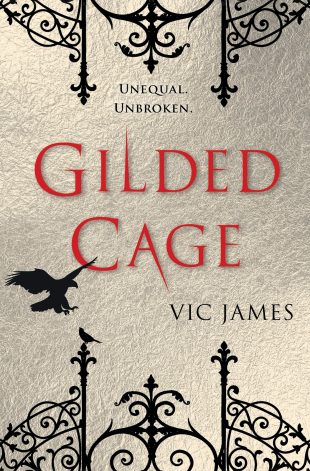 Gilded Cage (Dark Gifts, #1) by
Gilded Cage (Dark Gifts, #1) by 
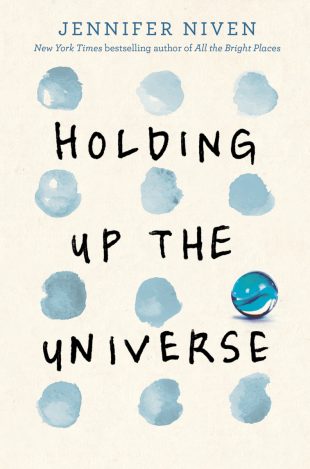 Holding Up the Universe by
Holding Up the Universe by 
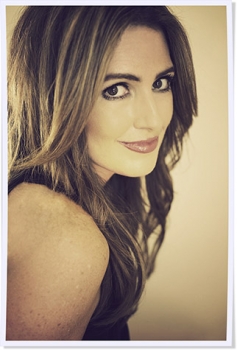
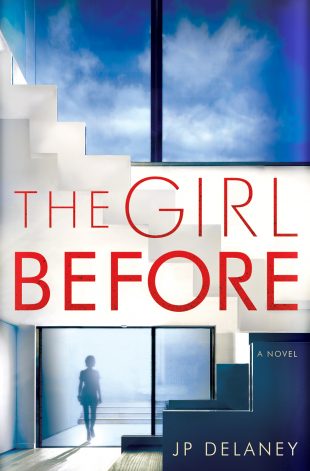 The Girl Before by
The Girl Before by 
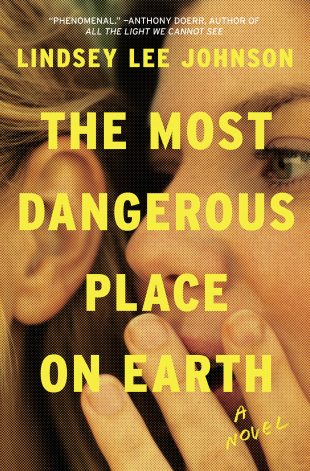 The Most Dangerous Place on Earth by
The Most Dangerous Place on Earth by 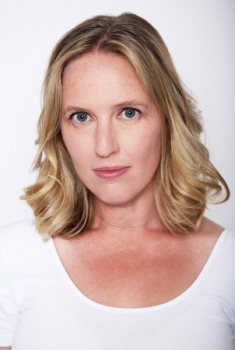
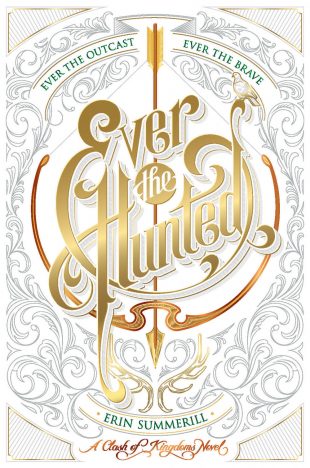 Ever the Hunted (Clash of Kingdoms, #1) by
Ever the Hunted (Clash of Kingdoms, #1) by 
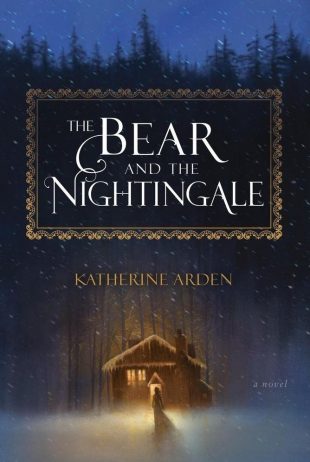 The Bear and the Nightingale by
The Bear and the Nightingale by 

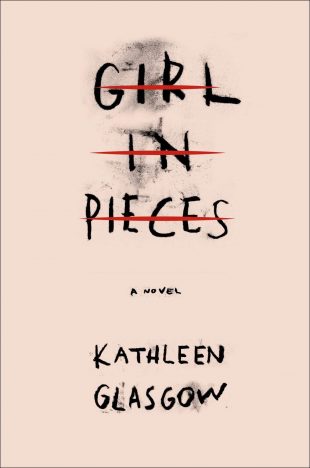 Girl in Pieces by
Girl in Pieces by 

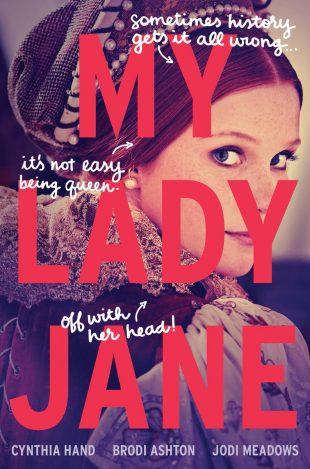 My Lady Jane by
My Lady Jane by 

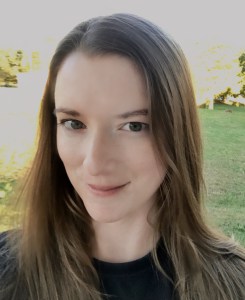
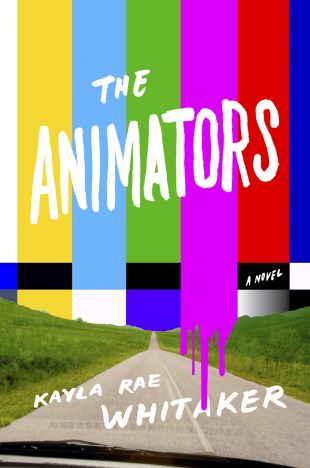 The Animators by
The Animators by 